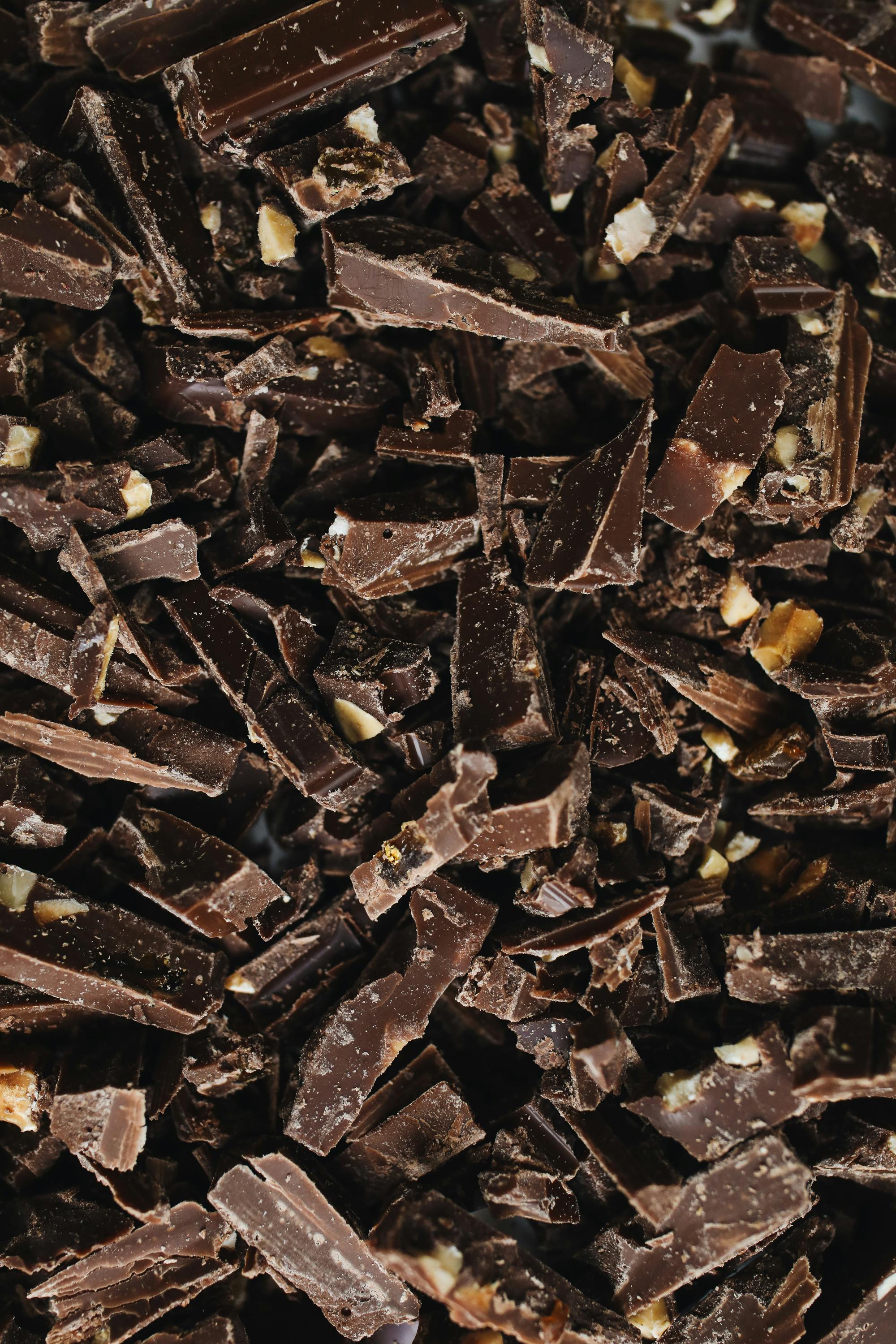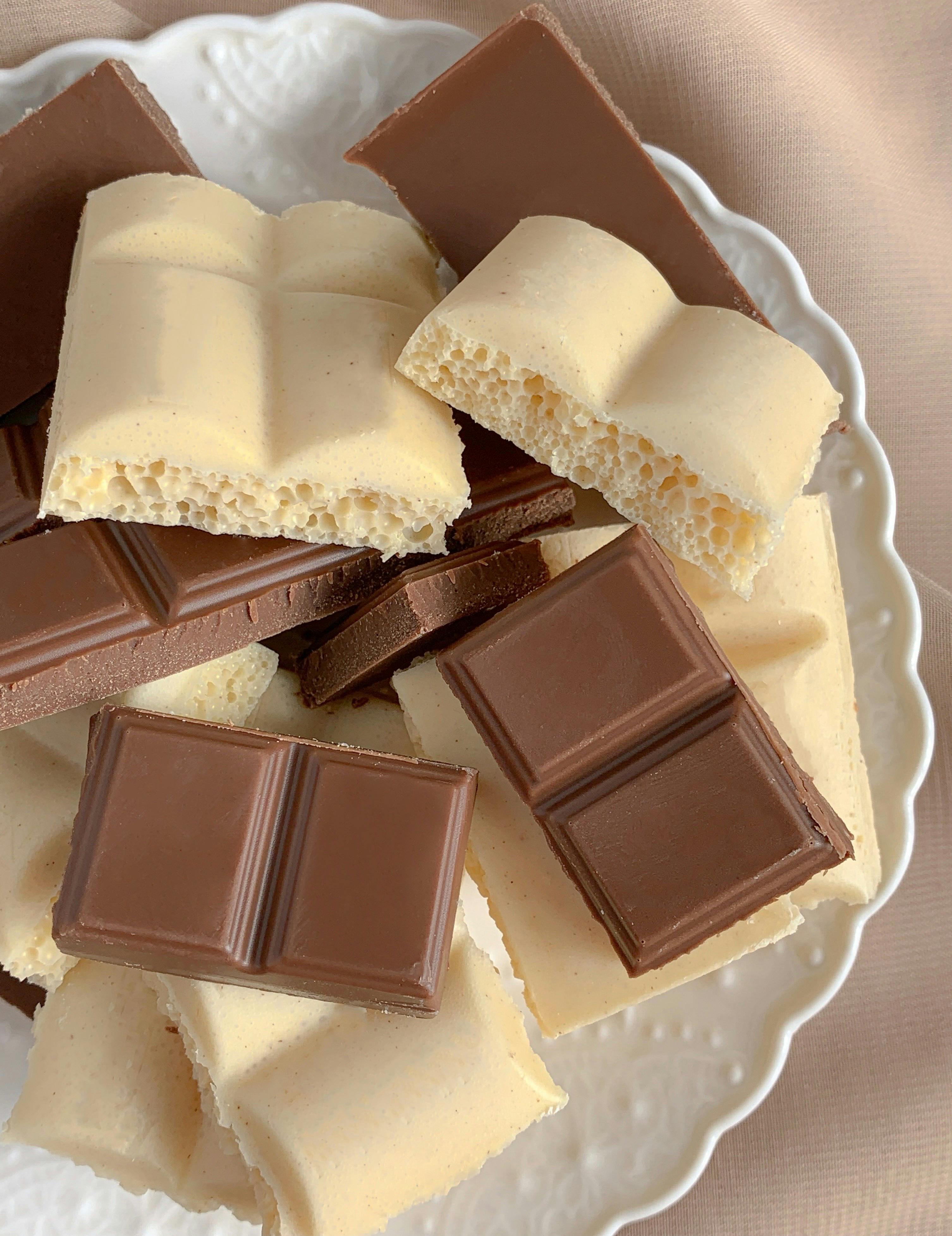Staubläuse Bisse: Everything You Need to Know
Staubläuse, commonly known as dust lice or booklice, are small insects that often go unnoticed in our everyday lives. They thrive in humid environments and can be found in our homes, particularly in places like basements, kitchens, and bathrooms. Understanding their behavior, characteristics, and potential impact is essential for managing and preventing infestations.
Characteristics of Staubläuse
Staubläuse are tiny insects, measuring only 1 to 2 mm in length, and are typically pale or translucent in color. Their bodies are soft, and they possess long antennae that help them navigate their surroundings. Despite their name, these insects are not actually lice and do not bite humans or pets. Instead, they can often be found in large numbers in areas with decaying organic matter or high humidity levels.
Physical Appearance
The physical characteristics of Staubläuse can help in identifying them. They have a teardrop-shaped body that is often covered with a shiny sheen. Their **wings**, if present, are typically short, and many species have developed reduced or no wings at all. This lack of wings may lead to a misunderstanding about their mobility, but Staubläuse are quite agile when it comes to climbing surfaces and escaping predators.
Behavior and Habitat
Staubläuse thrive in damp, warm environments, preferring areas with moisture levels of around 80% or more. Common habitats include old books, buildings with poor ventilation, and areas near leaks. The presence of Staubläuse is often an indication of high humidity in a home, which can lead to other issues such as mold growth. Effective management includes controlling humidity levels and ensuring proper ventilation throughout living spaces. For example, using dehumidifiers in places prone to moisture can significantly reduce Staubläuse populations.

Impact of Staubläuse on Homes
While Staubläuse do not bite, their presence can lead to damage, especially in relation to books and paper products. They are known to feed on mold, mildew, and organic debris, which can affect the integrity of stored items over time. In this sense, they can be detrimental to libraries, offices, and homes with significant paper storage.
Potential Damage to Materials
One of the primary concerns with Staubläuse is their tendency to cause damage to **dried plant materials** and book collections. They can create visible holes in the paper and may lead to the deterioration of other organic materials in your home. Keeping your books and papers in moisture-free areas can help prevent infestations and protect these items.
Signs of Infestation
Indicators of Staubläuse infestations include finding them in large numbers on walls, furniture, and, most notably, in books or paper items. Their presence often coincides with a musty smell due to the mold they thrive on. To confirm an infestation, check areas where moisture levels are elevated, such as near water pipes or damp corners of rooms.

Managing Staubläuse Infestations
Managing an infestation of Staubläuse requires a combination of cleaning and preventive measures. Since they thrive in high humidity, addressing moisture issues is crucial. Identifying the source of moisture and employing strategies to reduce humidity can help deter these insects.
Cleaning and Prevention Strategies
Start by cleaning affected areas thoroughly. Use a vacuum to remove Staubläuse and their food sources, such as mold and dust. Dispose of vacuum bags immediately to prevent reinfestation. Treat books and paper products by gently removing them from their storage places, dusting off surfaces, and placing them in sealed containers if moisture is an ongoing threat. Consider using desiccants—substances that absorb moisture—to maintain low humidity levels.
Professional Assistance
If the infestation persists despite your efforts, it may be time to consult professional pest control services. They can provide targeted treatments and advice to tackle the root causes of moisture and Staubläuse presence. Regular inspections and preventative measures go a long way in keeping these pests at bay.
Conclusion
Understanding Staubläuse and their behavior is vital to maintaining a healthy home environment. By keeping humidity levels low and cleaning regularly, you can effectively manage these insects and protect your belongings from potential damage. Stay vigilant, and act quickly if you encounter signs of an infestation to ensure your home remains pest-free.
FAQ
1. Do Staubläuse bite humans or pets?
No, Staubläuse do not bite humans or pets. They feed primarily on mold, mildew, and organic debris, posing no direct threat to health through bites.
2. What attracts Staubläuse to homes?
Staubläuse are attracted to damp, humid environments. High moisture levels, such as those found in basements, kitchens, and bathrooms, encourage their presence.
3. How can I prevent Staubläuse in my home?
Prevent Staubläuse by controlling humidity levels using dehumidifiers, ensuring proper ventilation, and regularly cleaning areas prone to dampness. Store books and paper products in dry conditions.
4. Can Staubläuse damage furniture?
While Staubläuse do not typically damage furniture directly, their feeding habits can lead to issues if they infest items like books or paper stored in wooden furniture.
5. How do I identify a Staubläuse infestation?
Look for signs such as large numbers of these insects on walls, a musty smell, and visible damage to paper products or dried plant materials. A thorough inspection in high-humidity areas can help identify infestations.
